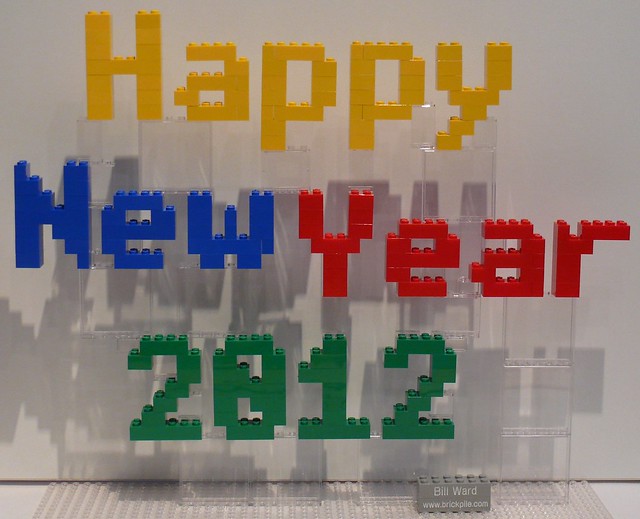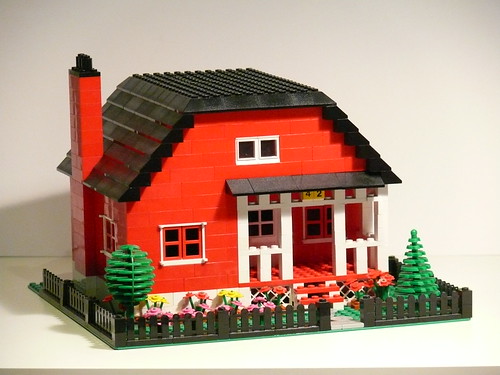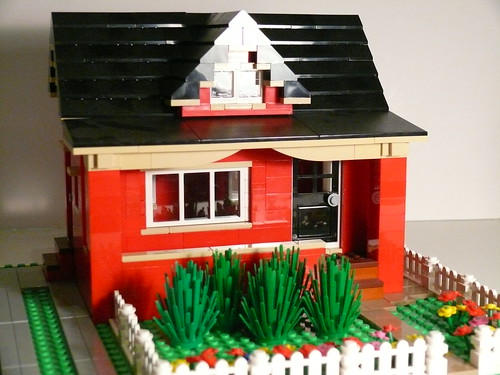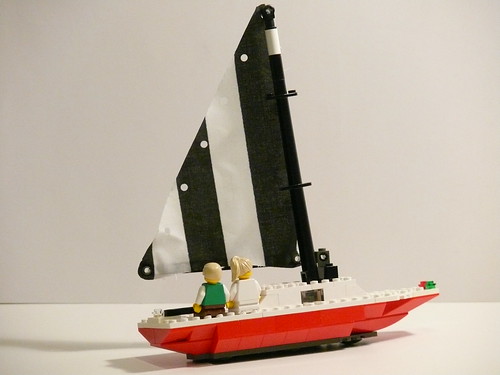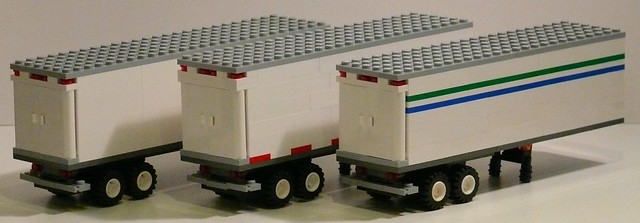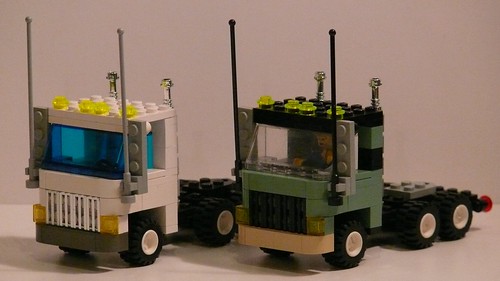Category: My Models
LEGO Models that I have created
My MOC featured in Australian housing article
My Yellow Victorian House MOC (“My Own Creation”) has been featured in an article about the housing boom/bubble in Australia. Since I use the Creative Commons licensing for my photos, that’s just fine with me, and they gave my name (“Bill Ward’s brickpile”) so people can easily Google me and find the rest of my work. That’s what Creative Commons is for!
Thanks to Tim “gambort” Gould for pointing this out to me.
Yellow Victorian House
This is the third of my LEGO houses that often feature in the suburbia section of BayLUG/BayLTC train layouts.
I built a couple of years ago, but like the last several posts, I never got around to posting about it here. There is a lot of detail work on the porch and bay windows.
Click the image below to see the set or view a slideshow.
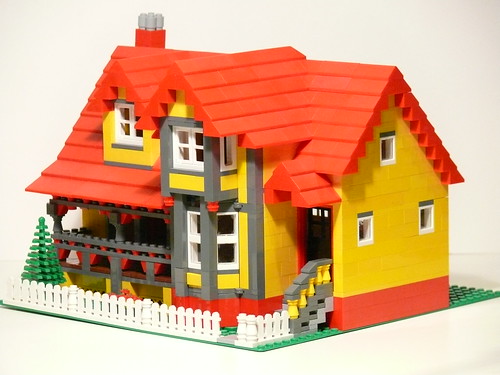
Red House
This is one of those LEGO creations of mine that’s been around for years but never blogged about before.
A simple red house that I built a few years ago, which has been in may BayLUG/BayLTC exhibits but was never featured on its own until now.
Click the image for the gallery or view a slideshow.
Red Bungalow with Dormer
This little red LEGO bungalow with dormer was built about a year ago. This small house appears often in BayLUG/BayLTC train layouts, in the suburbia section.
Click the image to view the set, or view as a slideshow.
Sailboat
I built this LEGO sailboat to be a scale model of a 25 foot daysailer. It’s been built for a number of years and has appeared on BayLUG/BayLTC layouts when we’ve had a water scene.
Click the image to browse the gallery on Flickr or view them all as a slideshow.
White Trailers
LEGO Semi-Trailers made to go with my various tractors. Each one has a folding leg to support it when not connected to a truck, and all have the same interchangeable pin system for being towed.
Click the image for the gallery, or view the slideshow.
Cab-Over Trucks
Cab-over semitrailer tractors made in LEGO. Identical except for color, these trucks have been a fixture on the BayLUG/BayLTC city/train layout for years, but I never got around to photographing them.
Click the picture or view a slideshow.
Double Trailer Truck
A double semi-trailer truck made out of LEGO, featuring tractor, two trailers, and a dolly to connect the trailers together.
I built this a year or two ago and it’s been at a bunch of BayLUG/BayLTC events but has never been photographed and blogged before.
Click the photo to view the gallery on Flickr or view as a slideshow.
Mail Trucks
United States Postal Service trucks in LEGO. Designed by me in 2003, and featured on many BayLUG and BayLTC layouts since then.
I posted instructions to build this in 2007 on Brickshelf, but never posted any photos until now (except of course for the occasional candid shot in a club layout).
Click the photo to view the set on Flickr or view as a slideshow.

